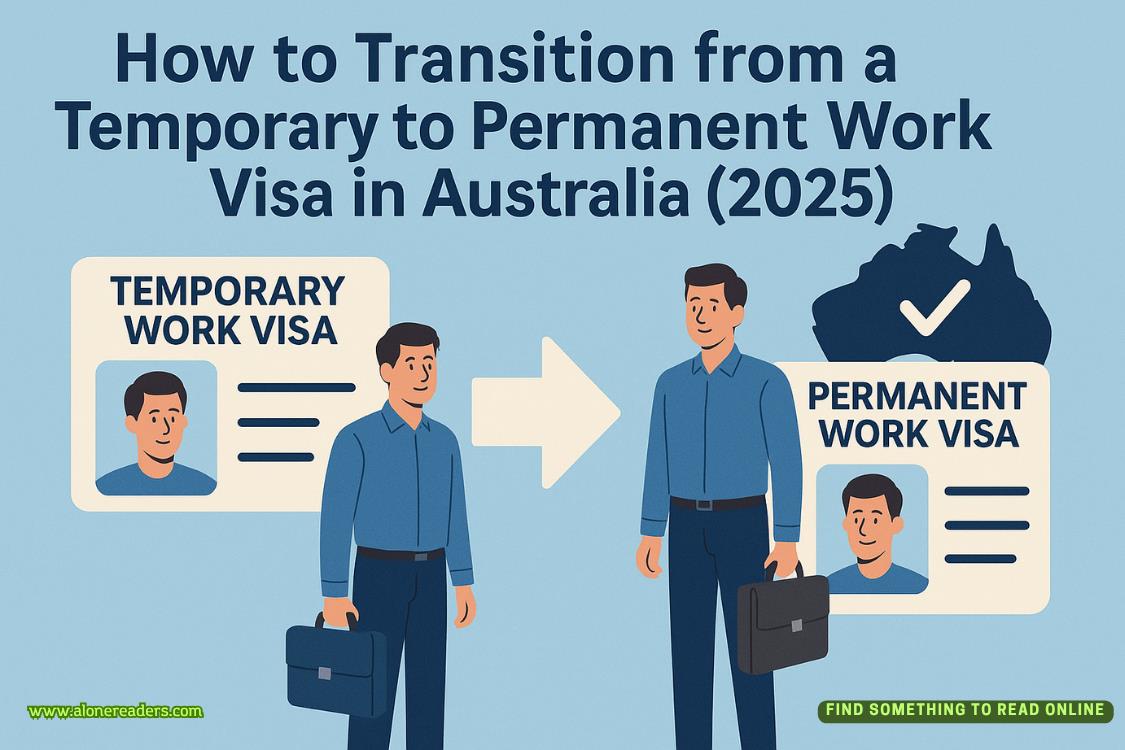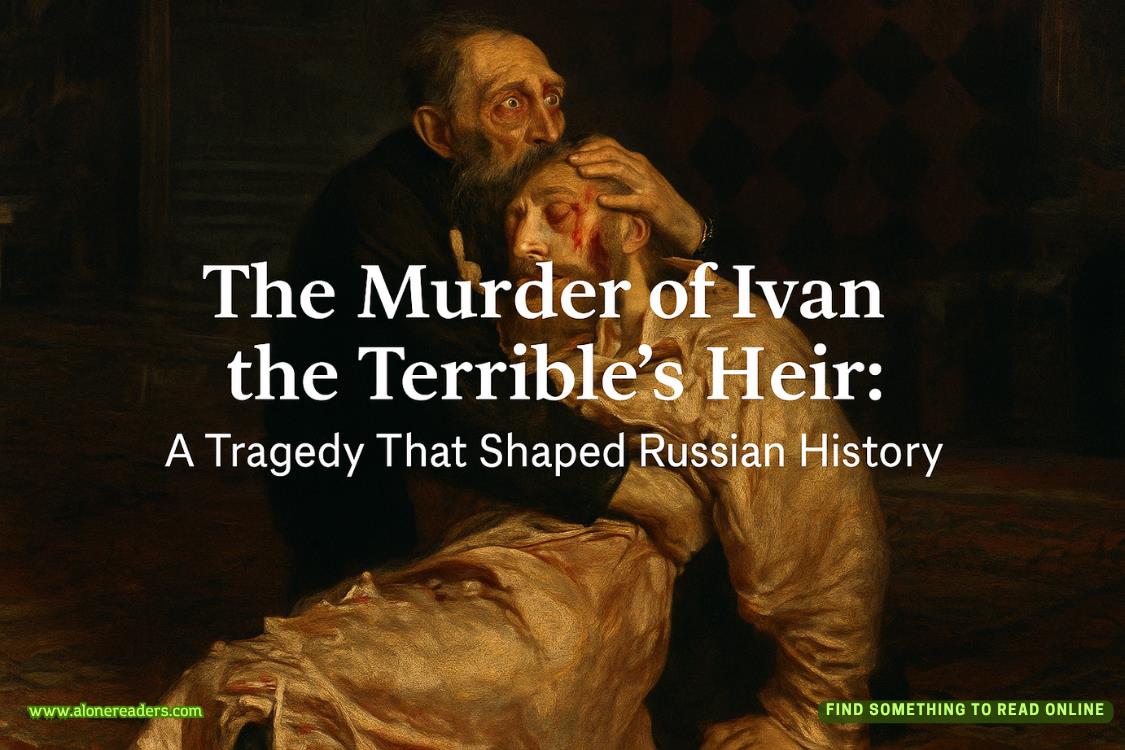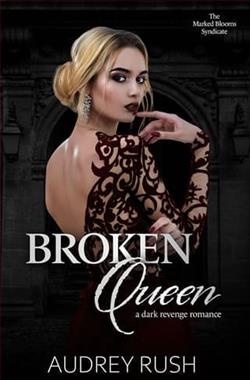Page 53 of The Secrets of Lord Grayson Child
Baines looked at Littlejohn, and the pair exchanged a long glance.
Izzy suspected that they were eager to embrace all the possibilities that had fired her enthusiasm. Artfully, she asked, “Is there any information the police can share that will help capture and encourage the public’s interest and involvement? For instance, what did the surgeon who examined the body report?”
Baines hesitated, then agreed to share that report and anything else suitable that the police came across. “On the proviso that Littlejohn and I get to see the—proofs, is it?—before your press starts to roll.”
Izzy studied them, then inclined her head. “Very well—on that basis. But if you have any information it would help to include, I’ll need to see it by the end of the afternoon.” She paused, then went on, “We can’t make any changes once the formes are set, which happens late tomorrow. However, you’re more than welcome to drop by earlier and view the proofs of every page—all the articles and photographs. If you come by tomorrow, any time after ten o’clock in the morning but at the latest by one in the afternoon, you’ll be able to look over the entire edition.”
She omitted any mention of them making any changes; why invite something she would resist?
Baines and Littlejohn agreed; both looked eager and quietly excited, a significant transformation from when they’d arrived.
“We’ll leave you to it, then.” Baines rose and nodded to her and Gray. “I’ll send over the surgeon’s report as soon as I get back to the Yard.”
Baines headed for the door, and with a dip of his head, Littlejohn followed.
But on reaching the doorway, Baines paused, then turned back. “I’ve been thinking about that reward you’re offering.” He glanced at her. “I’d suggest you print all the names you’ve already got for the people in the photographs and make it crystal clear what the reward is for—additional names or other information that leads to the killer. You also need to detail everything we know about Quimby’s movements on that Friday and say if anyone knows more, then get in touch, because that might lead us to the killer, too.”
He met her gaze. “Trust me, if you don’t do all that, you’ll have half of London lining up to tell you things you already know.”
Littlejohn grunted. “Let alone the other half who’ll be lining up to tell you things they think you want to know, but which never actually happened.”
“Thank you,” she returned in heartfelt tones. She rose. “I’ll make sure all that gets incorporated in our notice about the reward.”
Baines nodded, and he and Littlejohn took themselves off.
Izzy followed them out of the office and went to speak with Mary.
As usual, Gray ambled in her wake.
He leaned against the counter while Izzy and Mary worked on the notice announcing the reward. Given some of those they wanted to entice to come forward might well belong to the more gentrified classes, he’d suggested fifty pounds as a reward, and Izzy had agreed.
“Good!” Izzy set the reward notice aside. “Now that’s settled, after talking with Baines and Littlejohn, I’ve had a thought of how to end the lead article—namely, with a sub-article entitled ‘What we know of Mr. Quimby’s Movements on That Fateful Day.’” Her tone made it clear which words should be capitalized. She looked at the younger woman. “We need to set out the time line as we currently know it and ask anyone with further information as to Quimby’s whereabouts to come forward. Why don’t you write up a first draft, and I’ll have a look at it tomorrow morning? We can finalize it then.”
Mary eagerly accepted the commission. Leaving her already setting out fresh paper and picking up her pencil, Izzy turned, scanned the workshop, then walked briskly to where Lipson, Maguire, and Digby were working on blocking out the sections for the photographs, working from the sheets with the pinned prints, each annotated with the relevant accumulated information. After confirming that the trio were, indeed, intending to incorporate the information already collected beside each photograph, Izzy headed for her office, waving at Gray to join her.
He entered the office to find her with the obituary in her hand.
She looked up as he neared. “My lead article is in good shape, and this”—she tapped the obituary—“is as finished as it can be, but I would like to add a few personal touches.”
He could guess what she was thinking and glibly suggested, “Perhaps we should take a look at Quimby’s rooms. The police have finished there, so we won’t be treading on their toes, and with any luck, the landlady or a neighbor might have a few of those personal snippets you’re after.”
She beamed at him as if she hadn’t already thought of searching Quimby’s rooms. “And who knows? We might stumble across something our intrepid duo missed.”
He didn’t think that likely—Baines and Littlejohn struck him as experienced and competent, at least when they weren’t being backed into a corner—but waved her on.
She knew the address and how to reach it. Bundled up in their coats against the blustery day, they walked up the mews to Great Coram Street, where he hailed a hackney.
She directed the jarvey to Winchester Street. “You can drop us at the corner of Collier Street.”
The hackney took off smartly, and soon, they were walking the cobbles of Winchester Street, a narrow street with row houses crammed cheek by jowl on both sides.
Izzy took note of the few numbers displayed, counting along, then halted outside a faded door. “This should be it.”
Gray stepped up and knocked on the door.
It was opened by a pale, faded-looking woman of perhaps forty or so years, wearing a washed-out pinafore over a worn woolen skirt. “Yes?” Noting the wariness in the woman’s eyes, Gray stepped back and allowed Izzy to take the lead.
She did so with a gentle, commiserating smile. “We’re fromThe London Crier—where Mr. Quimby had his darkroom. He worked for us.”















